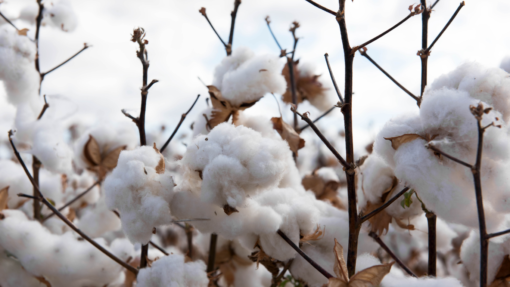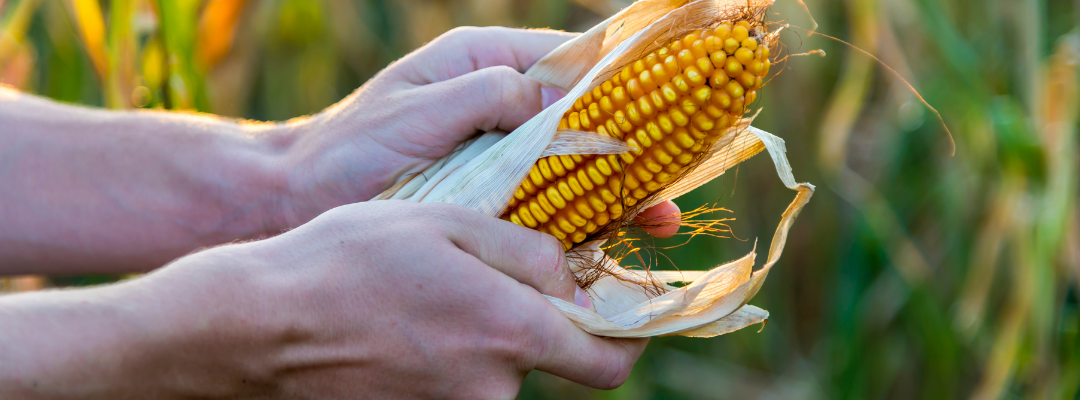Since the fall of 2020, grain prices have risen significantly (Figure 1). Production shortfalls in the U.S. (derecho windstorm in August 2020 and drought in 2022), drought in South America, increasing feed demand in China, followed by Russia’s invasion of Ukraine, pushed cash grain prices, in many cases, to near record highs. Late in 2022, cash prices were back down to pre-Russian invasion levels, but still historically high.
Price forecasts for the 2023 crops will rightly focus much attention on planting intentions and yield prospects. High prices in the U.S. and globally provide market incentives for farmers to increase production.
But the other side of the supply and demand balance sheet deserves attention as well. Looking at the 2022/23 marketing year corn market in the U.S., feed and residual use and fuel use are the two largest use categories, 5.3 billion and 5.275 billion bushels, respectively. Next are exports at 2.075 billion bushels (Figure 2). Market conditions point to increased production in 2023, but what about use?
For the feed use category, data from USDA shows a decline in Grain Consuming Animal Units (poultry, pork, and cattle) over the last several years (USDA, ERS 2022). Gasoline demand, the foundation of ethanol use, is dampened by newer vehicles that use fuel more efficiently, or, in a growing segment of the automobile industry, do not use any gasoline at all (EIA, 2022). Export demand is impacted by the availability of exportable grain supplies from other major production areas, the value of the dollar, and global economic growth prospects. Grain use can go down when incomes and GDP slow down or decline. Global economic growth prospects will be slowed by the continued turmoil of the Russian invasion of Ukraine, broad inflation pressures, and lingering COVID pandemic effects (IMF, 2022).
Early season grain budgets for 2023 show high prices and high input costs resulting in tight margins for farmers in many production areas. An increase in grain supplies in 2023 relative to use could result in lower prices that squeeze these margins even more as we head into summer and fall.
Figure 1. Texas Cash Corn, Cash Sorghum, and Cash Wheat, Weekly, July 2020 to December 2022

Figure 2. U.S. Corn Use, 2005/06-2022/23

References
Energy Information Administration. “This Week in Petroleum”, available online at https://www.eia.gov/.
International Monetary Fund. “World Economic Outlook Report October 2022”, available online at https://www.imf.org/en/Home.
USDA, ERS. “Feed Grains Database”, available online at https://www.ers.usda.gov/data-products/feed-grains-database/.

Author: Mark Welch
Professor and Extension Economist Grain Markets and Marketing, Risk Management, Production Economics
Welch, Mark. “The Demand Side of the Supply and Demand Balance Sheet.” Southern Ag Today 3(3.1). January 16, 2023. Permalink













